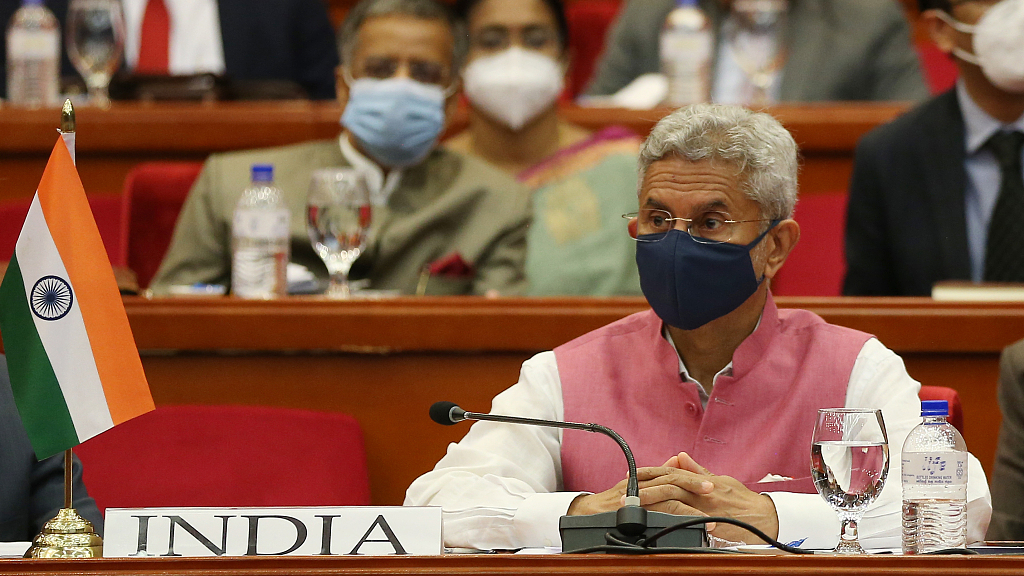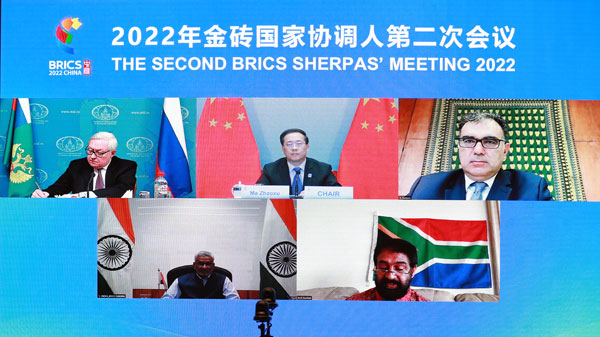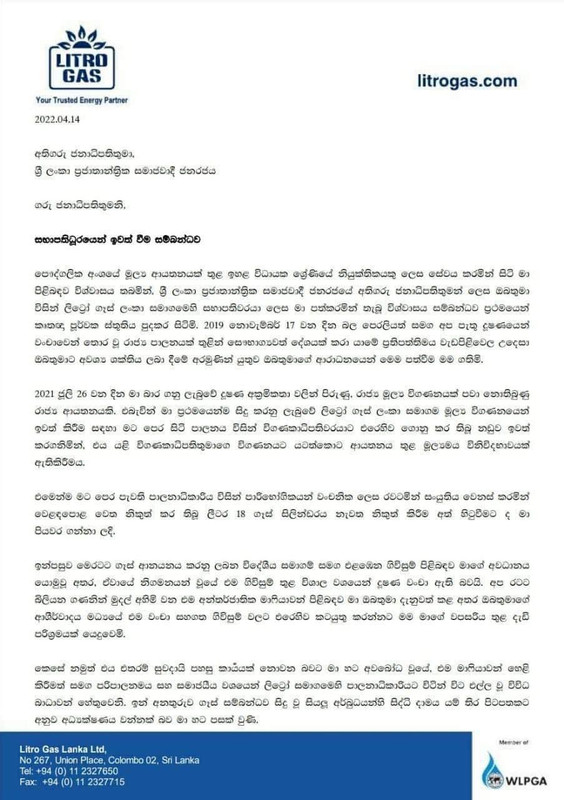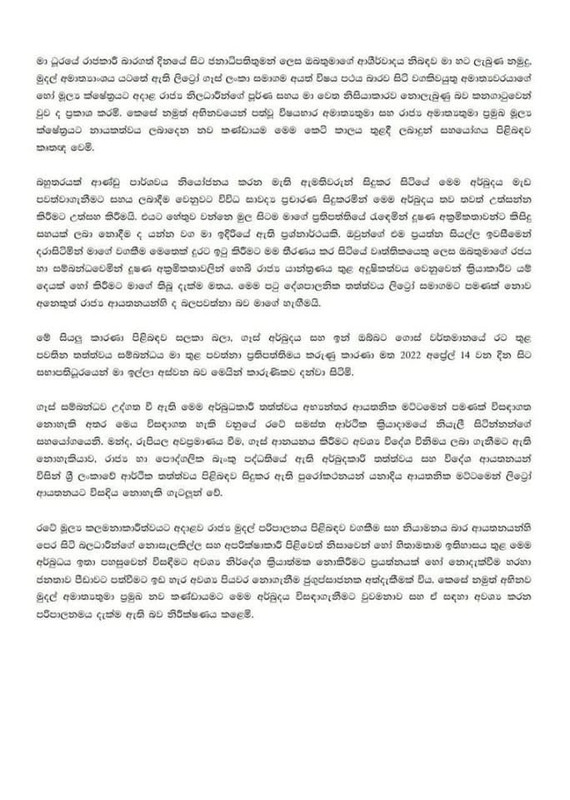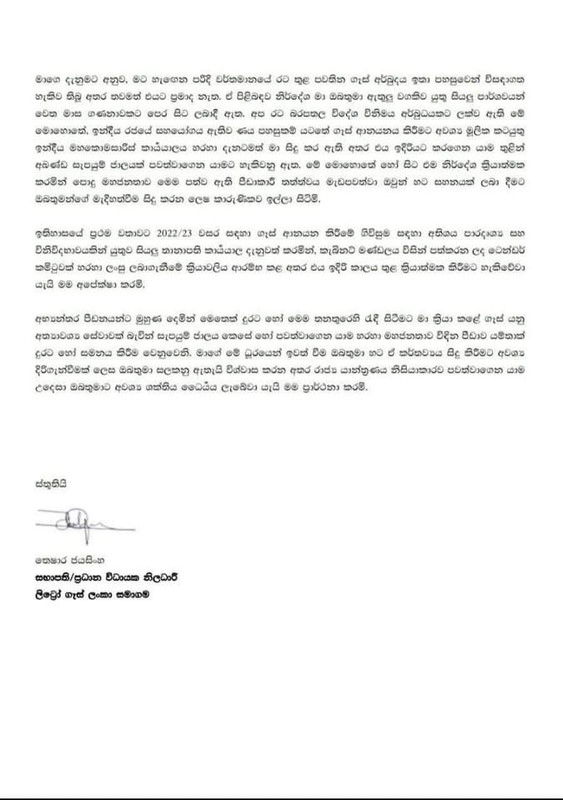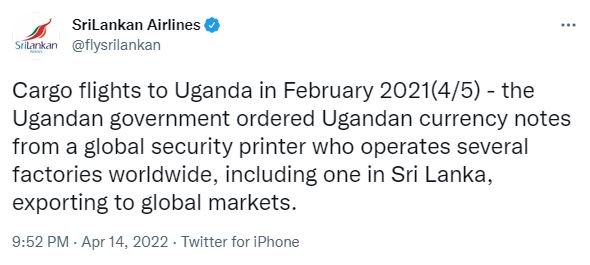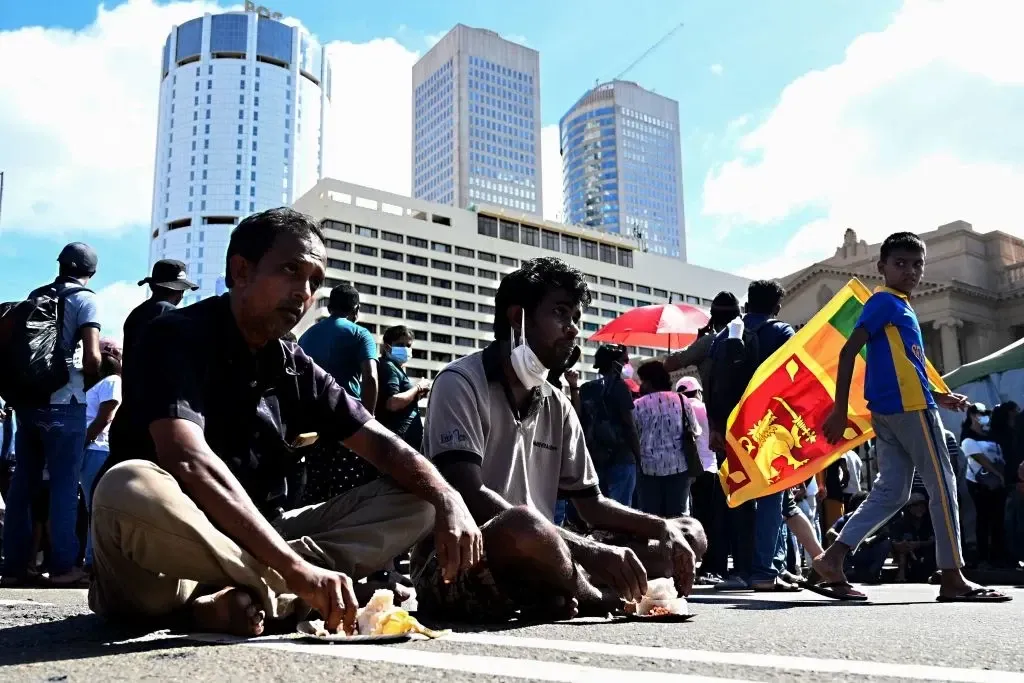KAMALIKA PIERIS
KM de Silva observed that the 1977 election was a landmark election, after 1956. JR was responsible for many changes in the political and economic spheres.
JR engineered a fresh Constitution for Sri Lanka. The 1977 government appointed a Select Committee of the National State Assembly to consider the revision of the 1972 Constitution. It soon became apparent that what the government had in mind was not the revision of the existing constitution, but its repeal and replacement by a wholly new constitution prepared outside the Select Committee, recalled Nihal Jayawickrema.
While discussions were going on, a completely new draft which had never been submitted to the select committee made its appearance. It had been prepared by people outside the committee. This draft was included in the Report of the Select committee of the National State Assembly appointed to consider amendments to the 1972 Constitution, without it ever having been considered by that committee, said Nihal.
This draft was passed in the National State Assembly with the requisite two-third majority and became law in September 1978. A new Constitution, providing for a unicameral Parliament and an Executive President was passed on 31st August 1978, replacing the previous Westminster-styled Parliamentary system. The new Constitution came into operation on 7th September 1978, renaming the country the Democratic Socialist Republic of Sri Lanka.
The author of the text of the Constitution has never been officially disclosed. Professor A.J. Wilson served as a constitutional advisor to Sri Lanka’s President J.R. Jayawardene from 1978-83. But Mrs. Wilson said, when contacted, that the late A.J. Wilson was not involved in the preparation or drafting of the constitution for Sri Lanka. However, AJ Wilson applauded the new constitution. He called it a Gaullist constitution, which it was not.
The 1978 Constitution created a Presidential system of government. The Constitution transferred all the powers of the State to the President thereby abolishing the supremacy of Parliament.
But it was not a true Presidential system; it was a sort of hybrid, observed KM de Silva. Presidential authority was grafted on to a Prime Ministerial trunk. A powerful Presidential secretariat was never established, he observed
The 1978 Constitution gave the President sweeping powers. These powers are scattered throughout the Constitution, and have to be looked for. Under the Constitution, the president is Head of state, Commander in Chief of the armed forces and head of Cabinet. He can prorogue and dissolve Parliament at will any time after one year of its election. He can appoint any number of Ministers into his cabinet from among the MPs.
He also appoints the service commanders, the judges of the Superior Courts, the Commissioner of Elections, Auditor General, Attorney General, Secretary General of Parliament and a host of other officers who hold vital positions in government.
The President thus has an iron grip over the public service including the Elections Department and the Police. These powers assume a dictatorial character when taken in combination with the blanket immunity he enjoys and the near impossible procedure for impeachment, said Priyani Wijesekera, former Secretary General of Parliament
From 1978 onwards, JR had appointed the district ministers. The District Minister for Anuradhapura, name withheld, said ” now there is no FR or AR there is only JR.”
JR thereafter engineered the 3rd Amendment, 1982, which said that President could seek re-election at a date of his choice after four years of his six year term had passed. Also that the incumbent President, if he won, could start his term afater the old term ended.
JR engineered several other questionable act of Parliament. The special Presidential commission of inquiry Act no 4 of 1978 which invalidated the judgment of the court of appeal [against this law.
There was the Special Presidential commission of inquiry law no 7 of 1978 which targeted Sirimavo Bandaranaike and her1970 government. It has been described as a vindictive piece of legislation.
The 1978 Constriction expanded the size of the Parliament from the earlier 168 seats to 225. The number of MPs was first increased to 196 MPs, an increase of 28 from 168 seats, in the previous Parliament. The number of MPs was then increased from 196 to 225 by the 14th Amendment of 1988.
JR amended the Parliamentary Privileges Act in 1978, which empowered Parliament to impose punitive sentences on MPs who commit a breach of privilege. The Amendment enabled Parliament to sit as a judicial body, hear a case of a breach of privilege and send the offender to jail for as long as two years. Earlier that power lay with Supreme Court. In 1997 this power was transferred back to Supreme Court, by Act no 27 of 1997.
JR Jayewardene subverted the ‘democratic’ nature of Parliamentary politics. These subversions are still active. First of all, he created a set of National list MPs” who did not contest the election but sat in Parliament with the elected MPs and enjoyed all the privileges of elected members.
When a General election was called, each political party had to provide two lists. In addition to the nomination list they had to provide a second list of names, called the National list.” The 14th Amendment ensured that the Elections Commissioner sent an additional 29 members to Parliament from this National list, selected according to the number of votes polled by each party at the election.
These National List members have been heavily criticized. The National list MPs entered Parliament without contesting elections. They were coming in through the back door charged critics.
Before 1978, a general election was conducted on the basis of electoral wards. Parliament consisted of MPs voted in directly from an electoral ward.” Usually one MP per electoral ward. MPs knew their constituents intimately and were conversant with their problems. The voters knew who their MP was and whom to go to when they had a problem.
JR eliminated the electoral Ward and made the District the electoral unit. An MP now represented the whole district, which was a huge geographical area. People in the district did not know the MP and the MP did not know them.Therefore, well known names in sports or films did well at the elections. Also families where the name was known, observed Rajiva Wijesinha Further, candidates needed a lot more money than before as they had to canvass the whole district. The elections were dominated by money, observed Kusal Perera.
There were other changes in the voting procedure. Initially, at a general election, the candidate obtaining the highest number of votes was declared elected, the First-past-the-post system. This system was changed to a system of Proportional Representation. Members were declared elected on the basis of the proportion of votes obtained by the political party.
The relationship between the MP and the public servant at the district level changed dramatically after the MPs came to be selected through proportional representation, observed Leelananda de Silva.
There was also the Bonus seat. In each district, the political party or independent group securing the highest number of votes was entitled to Bonus seats.
Voting and winning was complicated further by the preferential vote, the ‘Manape.’ The 14th Amendment introduced a system of preferential voting .Each voter was expected to select the three candidates he liked from the candidates listed in the political party for which he voted. This Manape led to the spectacle of candidates from the same party competing with each other for votes.
JR Jayewardene’ set in motion the wave of political and economic corruption which is operating in the country today.
The 1978 Constitution had abolished specific laws meant to ensure financial integrity of lawmakers. Before 1978, those who had acted in violation of election and other laws not only lost their parliamentary seats but civic rights, as well. However, the 1978 Constitution eliminated these. The laws limiting election expenses by candidate disappeared as well. The system of tracking election expenses incurred by candidates was also abolished.
Before JR, MPs were paid modest sums as Parliamentarians. They travelled by train, and often became poorer for taking to politics. Under JR’s system, to become an MP was to strike a gold mine. Salaries and perks were increased enormously, including duty-free cars. So high were the stakes that elections came to resemble a mini-civil war.
The benefits and privileges included increased salaries, full pension benefits in five years, duty free vehicles, government contracts, licences for filling stations and liquor bars, and other financial benefits like the Decentralised Capital Budget funds, which came to the MPs to be used for the districts. They were often misused. Rajiva was told by an UNP stalwart, that the entire 1977 cabinet was dishonest.
In most countries, the elected representatives of the people are not allowed to engage in business transactions with the government, buy government property or sell property to the government. Such practices are considered a serious offense leading to removing them from their positions. A similar policy was in operation in Sri Lanka too, until 1978. President Jayewardene turned this system, upside down. He made it possible for the MPs of the ruling party to plunder public property, said critics.
The President himself set an example, said critics. President Jayewardene had a coconut estate in Madampe, Chilaw which he had inherited from his father. It was a barren coconut land of 50 acres. The President handed over the coconut land to the Land Reforms Commission and acquired 50 acres from the Keena Kele Estate, a fertile coconut estate owned by the Commission. Following this example, the MPs and the Ministers of the ruling party purchased government estates at a nominal price. The plunder of estate land continued under the other Presidents as well.
In addition to allowing the MPs to acquire the estates owned by the State, President Jayewardene also allowed them to act as government contractors and the owners of licenses for timber, stone, sand, and passenger transport. JR’s successors continued this corrupt system, adding new features to it.
The executive President needed a large number of operators and agents in the districts and the villages to ensure his rule. These agents also were given the opportunity to improve their finance through plunder. They had access to state resources. Political power became the key to gaining access to state resources, observed Keerawella. (Continued)
